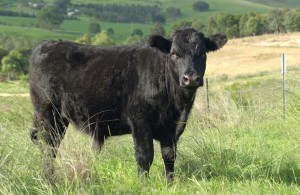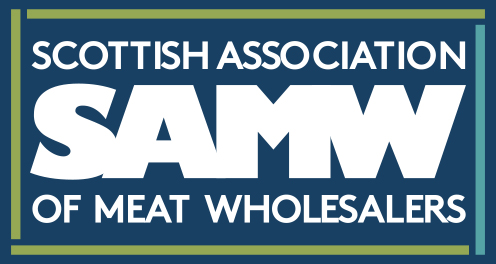CARCASE BALANCE –WHAT DOES IT MEAN?
The role of the processor
Unlike most food manufacturers, who assemble an end-product for the market from various raw or semi-processed materials, we start with a whole animal, giving us many different parts to prepare for sale to a wide range of diverse outlets. Some of the parts we handle attract good demand while others aren’t wanted at all (e.g. SRM, gut fill, bones etc). In between, we have other items that may be wanted by some but are subject to vastly differing levels of demand.

We have to balance the sale of all these products (demand cuts, non-demand cuts, commodity products and by-products) to deliver a gross margin that covers all costs and leaves a profit. In simple terms, carcase balance is about ensuring all costs are less than, or at worst equal, to our income.
Achieving carcase balance is the Holy Grail for all processors, large and small, as it enables a positive margin to be realised and keeps the business viable.
The following lists show both sides of the equation:
Business costs
- Livestock purchases
- High risk by-products disposal
- Staff wages
- Utilities, e.g. water, electricity & gas etc.
- Meat inspection charges
- Lairage bedding (purchase & disposal)
- Vet’ residue testing
- Promotional discounts
- Red meat levy charges
- Plant investment & refurbishment
- Depreciation
- Staff pension & National Insurance contributions
- Chemicals, including C&D costs
- Vermin control
- Plant security, including CCTV inside and out
Revenue streams
- Prime cuts i.e. steaks
- Roasts
- Lean mince
- Standard mince
- Beef for stews and casseroles
- Flanks
- Hides
- Heart
- Liver
- Kidney
- Tongue
- Low risk by-products (for petfood etc)
- Tail
- Skirts
- Low risk by-products (for petfood etc)
The key point concerning carcase balance is to get the required income from the mix of cuts across the carcase, plus the 5th Quarter. When all cuts are selling well, or have a ready outlet, then this is achievable, provided the total carcase cost is competitive in the marketplace (e.g. Scotch v English v Irish etc). The key cuts are Steaks / Grill / Frying, Roasts, Lean Mince, Standard Mince, Stew / Casserole, Flanks, 5th Qtr. When one or some cuts are not selling well, they have to be discounted (often substantially), or perhaps frozen (mince etc).
When processors need to freeze higher value primals, mainly due to lack of demand, the business concerned usually has to accept a significant loss of budgeted income. Even when mince is frozen and stored, some reduction in income is incurred due to product building up in store with no known customer in view at that point.
There are often times when some cuts don’t sell well, resulting in carcase balance becoming a problem (e.g. roasts not selling in summer, burgers not selling due to poor summer weather, steaks not selling well in the winter and stew not selling in summer, etc.)
In percentage terms, working with a bone-in carcase, roasts account for approx. 14% (53kgs from a 380kg carcase) and could result is a loss of up to £80 per carcase if discounting becomes necessary. Mincing material could account for approx. 42% (160kgs/380kg) and could easily be reduced by over £100/carcase if not selling well. Sirloin accounts for only 3.5% (13.3kgs/380kg) but could easily be reduced by £40/carcase in a slow market.
It is easy to see that if a processor does not get the cuts sold in balance every week, margin/profit can quickly erode. In addition, as most primal cuts are sold fresh (vac pac), processors only have a few weeks to act.
Furthermore, the total value of the 5th quarter can account for as much as 50% of the gross margin earned on a carcase. A drop in the value of hides of £20, or a poor trade for 5th quarter products (i.e. tongues, hearts or livers etc, destined for the Asian market) can have a huge impact on the prices that are required for other cuts, or the buying price of the original cattle.
The scope for demand and prices to fluctuate, due to a host of market pressures and volatility, demonstrates the huge challenge processors face in attaining carcase balance. If revenues do not at least match costs, then the business concerned can easily be placed in serious financial difficulty.
